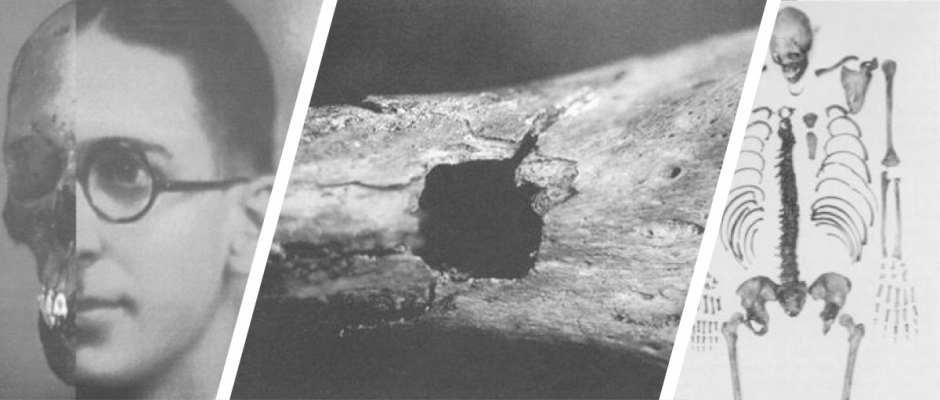By Katie Nemeth (SHM)
The moment our professor told us that we would be going to the forensic anthropology lab at the Smithsonian I got a little too excited and anxiously began counting down the days until we got to go.
Forensic anthropology seems to have made its way into the view of the public through the renowned TV show Bones, but besides that, it is a field that few know about and understand well. I have to admit that I had no idea what forensic anthropology was until I saw the show. The glamorized version of forensic anthropology in Bones was my initial exposure to the field but since then I have spent many hours procrastinating by looking into the field, reading books about it, and finding cool classes that I could take. I became increasingly more fascinated by this field as I realized that it is a real and thriving field of study, however, after reading so much about it, it still felt like a bit of a fantasy career that couldn’t possibly be an actual thing that you could get paid to do.
Going to talk to Dr. Douglas Ubelaker at the Smithsonian was incredible because it made the field even more real to me. I enjoyed getting to hear from a prominent scientist in this relatively obscure field and hear about his real experiences and why he found his career interesting.
Dr. Douglas Ubelaker first showed us several parts of skeletons from real cases that he had worked on. He explained how is job required more than just identifying cause of death from a full skeleton but also included things such as identifying what was thought to be a human knee as a pig knee. Dr. Ubelaker told us that one of the things he enjoys the most about his job are the harder cases that come in which require more time and research to solve.
Afterwards, Dr. Ubelaker showed us two human skeletons. He showed us the skull of one and explained how the small dent on the back of the skull, which some of us even got to feel, was likely the cause of death for the individual. The dent was overlooked by the medical examiner but upon further study, Dr. Ubelaker noticed a fracture which originated at the dent and continued all the way around the skull showing that whatever caused the dent was a very likely cause of death. He also showed us the remains of Dr. Carl Austin Weiss, the alleged shooter of US Senator Huey Long. Dr. Ubelaker pointed out several of the bullet wounds in the skeleton and how the directionality of the bullets could be found.
Spending one evening in my biological anthropology lab learning about different bones in the human body and visiting the Smithsonian and having the opportunity to speak to Dr. Ubelaker the next night was an incredible #onlyatGW moment. Hearing someone actually involved in the field which I want to pursue was incredibly exciting and it helped me realize that I am definitely on the right path in majoring in biological anthropology.


